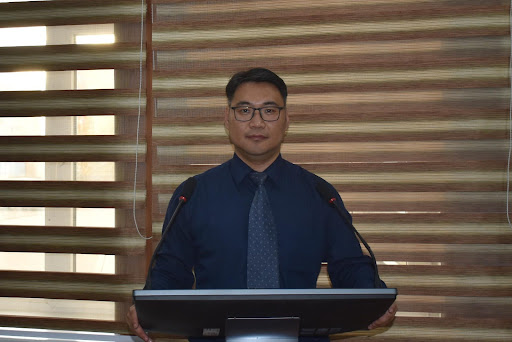Tackling Saiga Antelope Horn Sourcing and Trafficking in Mongolia through an Evidence-Based Approach to Improve Law and Policy Enforcement Activities
The illegal trade of saiga horns has been a persistent threat to the saiga antelope population in Mongolia. Despite improved anti-poaching efforts, there is still a lack of transparency and accountability in the enforcement process, particularly regarding the handling and destruction of confiscated horns. This project aims to address these gaps by strengthening law enforcement capacity and enhancing transparency in the investigation and prosecution of saiga horn trafficking.
The purpose of this project is to reduce threats to saiga antelope in Mongolia by disrupting trafficking, strengthening law enforcement capacity, and establishing chain-of-custody and stockpile management systems.
Specific activities of this three-year grant include:
- assessment of the proportion of households (rural and urban) that participate in sourcing and trading in saiga horns
- identification of online and physical market points for saiga horn trade and the prevalence of individuals engaged in horn trade and transport
- training for regional law enforcement in deterrence theory and problem-oriented policing practices
- development of a chain of custody system for confiscated horns, including a horn storage and monitoring protocol
- development of and training related to protocols for carcass handling and horn removal when individual carcasses are encountered in the field during patrols or during mass mortality events
Project Staff and Updates
Project Updates: Facebook
S. Bolortsetseg
Conservation Actions Program Manager

Mrs. Bolortsetseg has 17 years of experience in community engagement for conservation, establishing community groups to improve co-management of natural resources, supporting the implementation of SMART for rangers in protected areas, and law enforcement in the Eastern steppe and South Gobi. She has previously led field staff in conducting household surveys across the South Gobi in implementing UCT methodologies to determine usage of priority and rare species across the region, and most recently has led the development of a problem orientated policing training agenda for senior and mid-career law enforcement officers. Mrs. Bolortsetseg will lead the organization of the project kickoff, capacity building, and project briefing activities and will provide a mentoring role in all other activities.
Tuguldur Enkhtsetseg (Tuugii)
Law Enforcement Project Coordinator

Tuguldur works within a team setting to design and lead field surveys to advance the understanding of the prevalence of the collection, hunting, and trade of wildlife in Mongolia, with a particular emphasis on the saiga horn trade. He will lead in the analysis, reporting, interpretation and disseminating of results to stakeholders and working to use these results to develop and help decision making process. Over the last 10 years, he has contributed to strengthening and building capacity of protected areas staff in Mongolia for improving effective management.
Tumurbat Sandag
Data Analyst

WCS Mongolia Program's Environmental Law Enforcement team to lead the implementation of surveillance of online markets for illegal wildlife trade, create and maintain a wildlife trafficking data dashboard, and support the implementation of training courses for law enforcement agencies to improve Mongolia's ability to effectively manage natural resources. Tumurbat also participates in collecting and analyzing wildlife trafficking data. He completed his first master's degree in biology at the National University of Mongolia and his second master's degree in public administration at the National Academy of Governance of Mongolia. He also has a bachelor's degree in law. He joined the WCS Mongolia program in September 2022 and serves as an environmental law enforcement data analyst. Previously, he worked as a state environmental inspector for over 10 years at the Specialized Inspection Agency of Capital.
Objective 1. quantify the scale of saiga horn sourcing and trafficking in mongolia
1.1 Household survey
1.2 Online market surveillance for siga horn trade
Objective 2. Introduce policing models and deterrence theory to law enforcement that are problem-orientated, evidence-based, and reduce incentives for offenders to continue offending.
2.1 Problem-oriented policing (POP) Law enforcement training
Test
Test
